#historical fc
Text
good morning! the period faceclaim directory is now fully updated with 800+ faceclaims in total and it is linked on the source of this post. if there is anything missing or incorrect, please let me know and be sure to check our wishlist if you want to add more beautiful faces to it ❤

106 notes
·
View notes
Photo



@sweetiesplum‘s Underused FC Challenge.2 (Day 4: diversity in historical movies/series, fantasy, scifi)
Gratiela Brancusi (Romani & Greek actress, born in 1989, she/her) as Noemi in 1883 (2021-2022)
#400x640#underusedfcchallenge#gratiela brancusi#noemi#1883#gratiela brancusi avatars#my edit#historical fc#romani fc
24 notes
·
View notes
Text

SUJAYA DASGUPTA in SHADOW AND BONE SEASON 1
333 icons
caps from capseroo
like/reblog if used
GOOGLE DRIVE LINK
#rp icons#icons#fantasy fc#static rp icons#historical fc#sujaya dasgupta icons#sujaya dasgupta rp icons#period fc#period fc icons
16 notes
·
View notes
Text
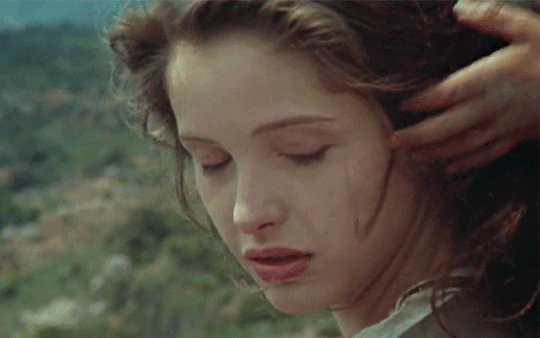
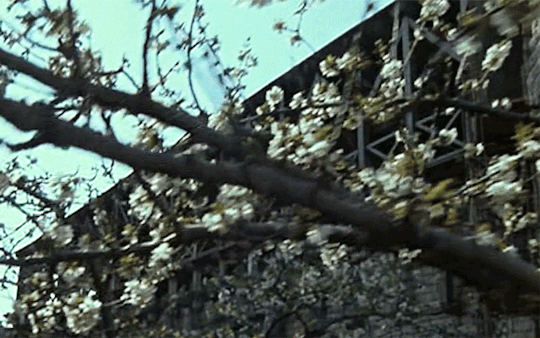


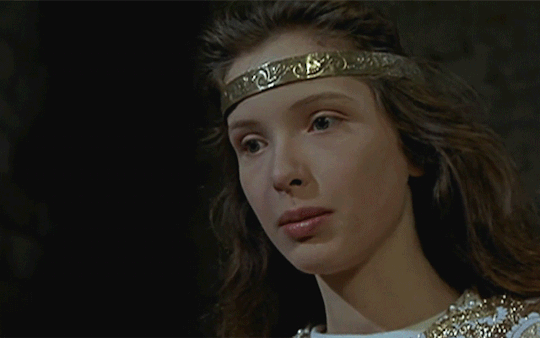

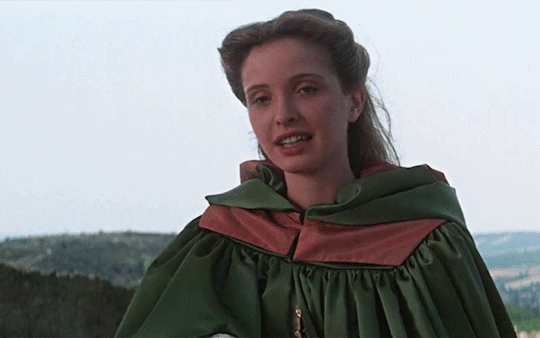
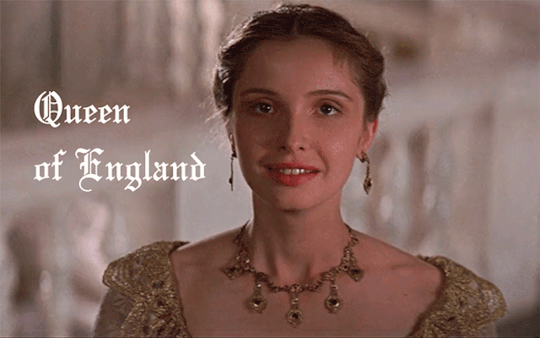
She was beloved by every- one—from the mightiest of diplomats to the lowliest of subjects. During her 17 years as queen, Elizabeth of York was exactly the consort needed by England to help end the ugly, internecine Wars of the Roses.
Sometimes, a gracious personality far outweighs the power of the potentate. Elizabeth of York was such a queen. ⎯ Elizabeth of York: Queenship and Power, Arlene Okerlund
#wanted to try something out#she's been my fancast for a time now#edit#perioddramaedit#perioddramagif#elizabeth of york#EoY#julie delpy#fc: julie delpy#fancast: julie delpy#tudor history#tudor queens#historical women#historicalwomendaily#historicaledit#historical dramas#historyedit#tudoredit#*gifs#*gifset#userrias#userriasgifs
196 notes
·
View notes
Text
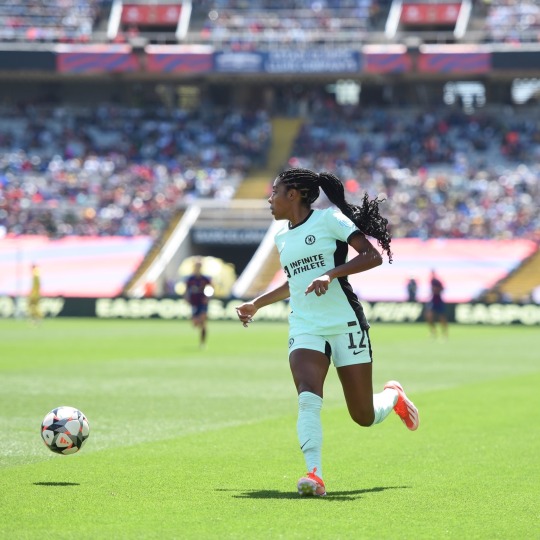
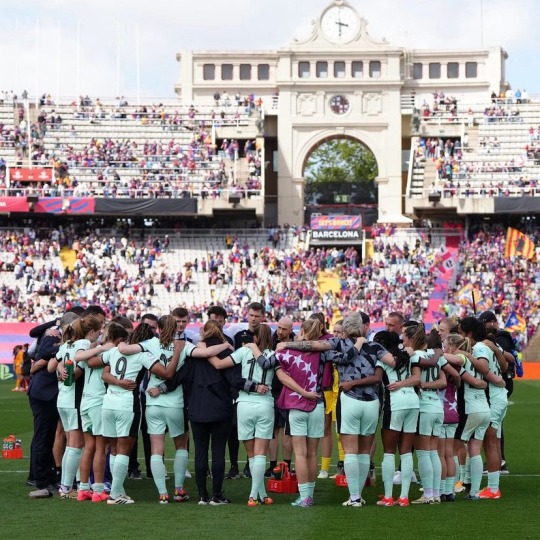
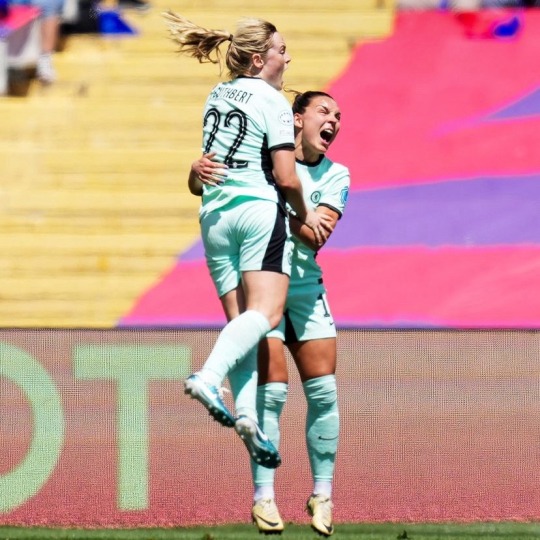

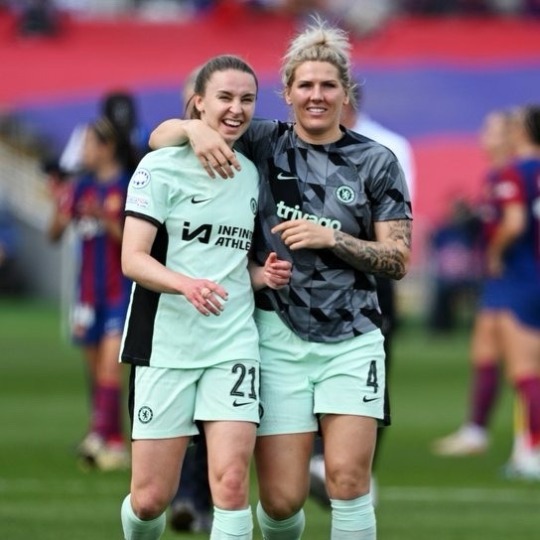




Can always count of them 🩵
#a historic win#chelsea fcw#barcelona vs chelsea#can always count of them#uwcl#uwcl 23/24#barcelona femeni#fc barca femeni#football#footy#womens football#saved my weekend#blueisthecolour#up the chels#blues#ktbffh#woso#woso community#chelsea women#cfcw#ashley lawrence#erin cuthbert#johanna rytting kaneryd#mayra ramirez#kadeisha buchanan#lauren james#melanie leupolz#hannah hampton#niamh charles#jess carter
36 notes
·
View notes
Text
[ 🧡 ] in the source link, you’ll gain access to #135 gifs of archie renaux in season two of "shadow and bone" (2023). he was born in england, and is of british and anglo-indian decent, so please cast appropriately when using my resources. all of these gifs were made from scratch, made for roleplaying purposes. please don’t redistribute or claim as your own. please like & reblog if you wish to use them.

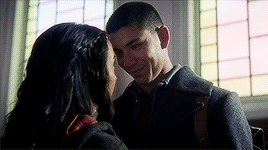

#gif pack#gif hunt#rpc#rph#archie renaux#arhice renaux gif pack#gpmine#period fcs#historical fcs#fantasy fcs
294 notes
·
View notes
Text
its almost The Day,,,

#cant wait >:)))#still remember exactly where i was during this historic moment#lfc#liverpool fc#liverpool
24 notes
·
View notes
Text
On August 6th, 1936, Josep Sunyol made a mistake that cost him his life. The Republican president of FC Barcelona, a proud Catalan, was executed by Nationalist forces in the midst of the Spanish Civil War, after saluting troops he mistakenly identified as part of the Republican resistance by yelling, “Viva la República,” (Camino, 2014). The assassination of Sunyol symbolized the beginning of an oppressive era where regional cultures were restrained in Spain, particularly the autonomous community of Catalonia. The most publicly admired and respected representation of Catalanism, Futbol Club Barcelona, colloquially known as Barça, faced countless hardships during the fascist dictatorship of Francisco Franco from 1939 to 1975. The club rapidly became one of the only ways the Catalan people could freely express themselves and fight against Franco, especially by playing the team that became the face of the regime, Real Madrid. In the present day, Barça continues to symbolize hope and freedom for Catalonians. Amid the rise of Francoist Spain in the mid-1900s, escalating tensions between Catalan club FC Barcelona and centralist Real Madrid transformed their rivalry into a political product representing the struggles of the Catalan people, illustrating how football transcends the limits of sport to reach social and political issues, particularly through the ambience of stadiums.
Throughout Spain, football stadiums became an essential place of solace for oppressed fans, where they were free to speak out on the issues that plagued their lives. People could openly express their identities in the stands, as matches between teams of different regions often represented a conflict larger than the game itself. One example of Catalonians using football for this purpose dates back to the pre-Franco era, when “the Spanish national anthem was played to a chorus of boos before a match at Les Corts, FC Barcelona’s stadium in 1925” (O’Brien, 2013). Even prior to Catalonians being officially repressed under Franco, it was clear that they valued their regional identity more strongly than their national one.
As the dictatorship grew stronger, regional teams like FC Barcelona faced the brunt of the nationalist policies. In promoting a unified Spain, the regime heavily cracked down on aspects of localized culture. The Catalan language, in all forms, was banned in public, and only Castilian Spanish was permitted (Shobe, 2008). An order passed in 1941 required that the Catalan name of “Futbol Club Barcelona” be renamed to the Spanish “Club de Fútbol de Barcelona” (Kassimeris, 2012). The Catalan senyera flag was also banned, and so the senyera in FC Barcelona’s coat of arms was replaced with the newly created flag representing the fascist state (Shobe 2008). Under the severe Castilization of their environment, the people of Catalonia were being stripped of their identities right in front of their eyes. With essentially no power, the Catalan people “threw their cultural pride into Barça. At a Barça match, people could shout in Catalan and sing traditional songs when they could do it nowhere else” (Shobe, 2008). Inside the stadium was where it was openly acceptable to oppose the restrictions of the regime and where liberation felt most realistic.
On the other side of the country, Real Madrid was thriving as the favorite club of the regime. Franco believed the Spanish national team was not gaining enough traction internationally, as they did not qualify for the World Cup multiple times in a row and performed poorly the years they did. Fortunately for him, “the image of the Spanish national team was blurred by the prevalence and success of Real Madrid in European Football from 1956,” effectively thrusting the club into the international spotlight (Goig, 2007). Real Madrid won five consecutive European Cups from 1956 to 1960, and their recognition both in and out of Spain surged with each victory (Quiroga, 2015). The relationship between the team and the regime was undoubtedly symbiotic. Real Madrid portrayed a positive image of the dictatorship to international audiences, while Franco gave them his full-fledged support and funds. In the 1960s, as television ownership grew across the country, Real Madrid was the most broadcasted team (O’Brien, 2013). The increased public exposure to the club acted as justification for the actions of the fascist regime, because people started paying more attention to football than to the government. Supporters of Real Madrid, known as madridistas, had no idea what was happening politically behind closed doors, nor did they seem to care.
The matches between FC Barcelona and Real Madrid, termed el clásico, were expectedly controversial. Spanish media outlets moved quickly to polarize the two sides, with newly-created “Marca” pushing for Real Madrid and the dictatorship, while “El Mundo Deportivo” supported FC Barcelona and ultimately the oppressed people of Catalonia (O’Brien, 2013). The politicization of the sporting rivals is seen best in a famed clásico played in June 1943, the second leg of a knockout round in the Spanish Cup. FC Barcelona had won the first game 3-0 and were on track to advance to the next round, until police officials entered the Catalan locker room before the game. Flash forward a few hours, and Real Madrid won the game with a score of 11 to 1 (Shobe, 2008). The interference by the Francoist police no doubt played a significant role in Barça losing so severely. While it is not known what exactly was told to the Barcelona players in the locker room, it can be inferred that they were threatened to purposefully lose the game, otherwise, they could lose their lives.
As the dictator fell ill, FC Barcelona worked to reverse the impacts of his policies and reclaim their Catalan identity. During the 1973-1974 season, they shed the Spanish name of “Club de Fútbol de Barcelona” and went back to the Catalan version it currently holds (Shobe, 2008). Additionally, in 1975, the club switched the official language back to Catalan, thus once again proudly representing the people of Catalonia (Quiroga, 2015). After Franco’s death, the effects of the regime collapsing were felt immediately in stadiums across the country. One clásico played just a month after Franco’s death in 1975 experienced the largest public emergence of senyera flags since the Civil War, and in Basque Country, a similarly tyrannized region of Spain, a game between two local teams “witnessed the spectacle of both captains carrying the Basque flag on to the pitch before the game” in early 1976 (O’Brien, 2013). Events that would have been inconceivable just months earlier were now reality, as stadiums reflected the transition back to a more accepting nation.
These bold representations of cultural unity at football games did not cease in the years after Franco. In fact, they have grown stronger in the 21st century. In the 2009 Spanish Cup final between Basque side Athletic Club de Bilbao and FC Barcelona, the crowd vehemently booed King Juan Carlos I and the Spanish national anthem before kickoff (Ortega, 2015). Decades later, supporters have not forgotten the unjust treatment they were put through and are still vocal about it during matches. A fan of Celta de Vigo, situated in once-repressed Galicia, proclaimed that “On going to a match we never forget Galician prisoners, repression, the secular subjection of Galicia... Spain limits the ways in which we can fight, so football is a way of voicing our demands” (Spaaij & Viñas, 2013). While fans of teams in marginalized regions use every opportunity they can to bring light to the maltreatment and discrimination of their pasts, for the most part, Real Madrid supporters do not follow the same path. In 2010, when Real Madrid beat FC Barcelona 1-0 in the Spanish Cup final, a large group of madridistas gathered in downtown Madrid, carrying Spanish flags while cheering “I’m a Spaniard, Spaniard, Spaniard” (Ortega, 2015). It is incredibly telling that in choosing to reaffirm their national identity rather than regional, madridistas see themselves as representing the entire country. As Franco’s Spanish Nationalist movement saw its triumph over Republican forces as a victory for Spain, madridistas still see a Real Madrid victory over a formerly oppressed team as a win for the whole nation.
In 2017, Catalonia became the forefront of global news as violence broke out amidst an independence referendum. On October 1st, the autonomous community conducted a vote regarding whether Catalonia should declare independence from the Kingdom of Spain, and the regional government announced that out of 2.25 million votes, about 90% were in favor of separating (Dewan, Clarke, & Cotovio, 2017). Unfortunately, the vote was heavily obstructed by the Madrid government. National forces were sent in from the capital, “fir[ing] rubber bullets at protesters and voters trying to take part in the referendum, and us[ing] batons to beat them back,” injuring around 900 people (Dewan et al., 2017). Predictably, FC Barcelona is often utilized to discuss and promote Catalonian independence, such as in 2010 when a banner declaring that “Catalonia is not Spain” was displayed during a game against English club Arsenal (O’Brien, 2013). When the central government began plans to thwart voting earlier in September of 2017, Barça decided to speak out. The club released a statement on Twitter, expressing that “FC Barcelona...remain[s] faithful to its historic commitment to the defense of the nation, to democracy, to freedom of speech, and to self-determination...FC Barcelona...will continue to support the will of the majority of Catalan people” (FC Barcelona, 2017). In openly showing support towards Catalan citizens’ voting rights and the independence referendum, Barça effectively bridges the gap between sports and politics. This is a two-way street: FC Barcelona stands up for their adherents, just as fans turn to the club to escape injustice time and time again. Coincidentally, Barça had a game scheduled the same day as the vote, which was played behind closed doors in order to eliminate the possibility of violence erupting in the crowd. The opposing team, Las Palmas, wore “special uniforms emblazoned with the Spanish flag,” something very out of the ordinary (Minder & Barry, 2017). Such a display could not tell a more pointed message.
The Franco dictatorship shaped the future of Spanish football forever, with Real Madrid and FC Barcelona at the forefront of the action. Real Madrid’s consistent success found them gaining the trust of the regime, which showcased the club’s victories as a positive interpretation of the fascist dictatorship itself. The desire of a unified, homogeneous Spanish state fueled regional tension, especially in Catalonia. Despite having their language and flag taken away, the Catalan people sought comfort in the stadium of FC Barcelona, where they could freely sing and speak and cheer for their team. In the decades after Franco, FC Barcelona has captivated audiences across Spain and the globe, cementing the club’s status as the most powerful cultural institution of Catalonia. “When the team took the field against FC Valencia in February 2012, nine players from the starting 11 emerged from the club’s Cantera System” (O’Brien, 2013), illustrating the importance Barça places on homegrown players. By providing unmatched talent bred exclusively in the club’s own youth academy, FC Barcelona is ensuring that they are conveying the best image of Catalanism to the rest of the world. As the Catalan struggle for independence continues, Barça was, is, and will continue to be a significant characteristic of the identities of millions of Catalonians. FC Barcelona represented hope in a time where its people needed it the most, and it is still the most influential institution in Catalonia to this day. The club and region are inextricably intertwined, as best seen in the passionate cheer: “Visca el Barça i visca Catalunya” - long live FC Barcelona and long live Catalonia.
References
Camino, M. (2014). ‘Red Fury’: Historical memory and Spanish football. Memory Studies,7(4), 500-512. doi:10.1177/1750698014531594
Dewan, A., Clarke, H., & Cotovio, V. (2017, October 02). Catalonia referendum: What just happened? CNN. Retrieved from https://www.cnn.com/2017/10/02/europe/catalonia- independence-referendum-explainer/index.html
Goig, R. L. (2007). Identity, nation‐state and football in Spain. the evolution of nationalist feelings in Spanish Football. Soccer & Society,9(1), 56-63. doi:10.1080/14660970701616738
FC Barcelona, @FCBarcelona. (20 September, 2017). Communique - Attached Image. [Twitter post]. Retrived from https://twitter.com/FCBarcelona/status/910462298908708864
Kassimeris, C. (2012). Franco, the popular game and ethnocentric conduct in modern Spanish football. Soccer & Society,13(4), 555-569. doi:10.1080/14660970.2012.677228
Minder, R., & Barry, E. (2017, October 01). Catalonia's Independence Vote Descends Into Chaos and Clashes. The New York Times. Retrieved from https://www.nytimes.com/2017/10/01/ world/europe/catalonia-independence-referendum.html
O’Brien, J. (2013). ‘El Clasico’ and the demise of tradition in Spanish club football: Perspectives on shifting patterns of cultural identity. Ethnicity and Race in Association Football, 25-40. doi:10.4324/9781315094304-3
Ortega, V. R. (2015). Soccer, nationalism and the media in contemporary Spanish society: La Roja, Real Madrid & FC Barcelona. Soccer & Society,17(4), 628-643. doi:10.1080/14660970.2015.1067793
Quiroga, A. (2015). Spanish Fury: Football and National Identities under Franco. European History Quarterly,45(3), 506-529. doi:10.1177/0265691415587686
Shobe, H. (2008). Place, identity and football: Catalonia, Catalanisme and Football Club Barcelona, 1899–1975. National Identities, 10(3), 329-343. doi:10.1080/14608940802249965
Spaaij, R., & Viñas, C. (2013). Political ideology and activism in football fan culture in Spain: A view from the far left. Soccer & Society, 14(2), 183-200. doi:10.1080/14660970.2013.776467
#just in case anyone forgot :)#fc barcelona#fcb#football#this is just one of my two or three essays on this topic lmfao#i think this is my most recent one from 2018 for my social and historical perspectives of sport class in 2nd year of undergrad#i miss when i used to fight people on here by just copy pasting paragraphs of this and the other papers. lol#that whole point about stadiums isn't really relevant to this particular incident/conversation (i think) and tbh idk why i included it#maybe one of the papers had some really good info about it that i couldn't ignore
74 notes
·
View notes
Text


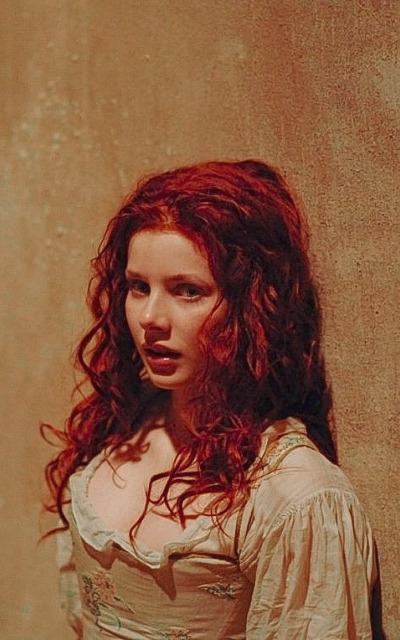
Rachel Hurd-Wood
in Perfume : the story of a murderer (2006)
#woman#perfume : the story of a murderer#historical#18th century#period faceclaim#period fc#avatar#roleplay#saskiasgallery#400x640#400*640
28 notes
·
View notes
Text
Dear fellow Terrebus fandom who enjoy snow survival stories,
May I bring your attention the incredible true story of “Miracle in the Andes” and the insane impossible trek through the glaciers and mountains in the Andes done by Nando Parrado and Roberto Canessa on foot after surviving a plane crash in the middle of the mountain range. Talk about a rescue march for survival that took place only 51 years ago!
Be sure to check out @miracleintheandes for more info!!
#the terror#the terror amc#terrebus#terrebus fc#nando parrado#roberto canessa#miracle in the andes#miracleintheandes#it’s a crying shame how little known this historic and inspiring event is and think this fandom would appreciate it#I’m not affiliated with the blog but they’ve got some great info and pictures#just had to share :D
15 notes
·
View notes
Text
would you still love me if i added jo h.arvelle spn (revised edition*) bc cyn added spn muses and i can't stop thinking about Her
*i refuse to rewatch the show so she'd be based off vibes, the few clips i've watched on yt, and whatever i remember of writing her back when the show was actually airing
#i also plan to shift her forwards into the present day. change her fc#i don't think much would change for her if she was in her early 20s now but i just don't wanna be like 'yeah this muse is set in 2007'#it's not a cool historical era to play around in like the '80s or w/e I WAS THERE IT SUCKED#or i could lean more towards main verse tlou she'd work real well in that world#also want to make the roadhouse a real centre for hunters and have hunter social media be a bigger thing#since lmao jo's blog was on 'myspace for hunters'#also uhh we can do without the passive aggressive little girl can't do real hunting stuff she got in her early eps#overprotective mum is fine but cmon#little known fact abt me since this was all on forums but i was a BIG spn rper. jo was my big one but i wrote a bunch of side charas#don't think i watched the show past...i wanna say s8? maybe?#OOC.
6 notes
·
View notes
Text
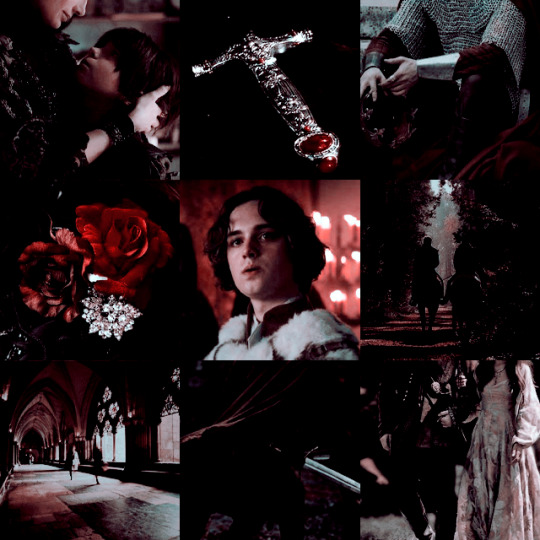
Hogwarts Founders Era OC Profile: Edward the Valiant
“He did not feel very brave; indeed, he felt he was going to be sick. But that made no difference to what he had to do.”
Name: Edward
Nicknames: The Valiant (due to his accomplishments as a warrior)
Birthdate: April 13th, approximately mid 980s
Zodiac Sign: Aries
Blood Status: Half-blood
Nationality: Anglo-Saxon
Sexuality: Bisexual
Physical Appearance

Hair: Light brown
Eyes: Blue
Height: 5ft 8 ½ (174 cm)
Faceclaim: Dean Charles Chapman
Background
PSA: Just like Elfreda, Edward's timeline isn't really set in stone yet.
Edward is the bastard son of Æthelred II, King of the English, and Elfreda, a pure-blood witch. He grows up mostly at Hogwarts, surrounded by magic and shaped by the events surrounding its founders.
Home: Hogwarts
Family
Mother: Elfreda
Edward doesn't remember his mother, having only known her for under a year. A friend of Rowena Ravenclaw's, Elfreda is an advisor at the muggle court at the time of Edward's birth. She disappeared when Edward was very young, reappearing only when her son was seventeen.
Edward and Elfreda have a complicated relationship after her return. Edward barely remembers anything about her and views The Ravenclaws more as his family. Elfreda struggles to adjust to life back in the realm of humans and feels guilt about leaving her son for such a long time. Eventually they do reconcile and have a good relationship.
profile link

Father: Æthelred II, King of the English
Known as The Unready, King Æthelred had a brief affair with Edward's mother, which resulted in his birth. When his mother noticed Edward showing signs of magic very early on, she took the boy and ran. Æthelred would stop at nothing to find them.
Half-siblings: Kings of the English Edmund Ironside and Edward The Confessor, among others
Foster-mother: Rowena Ravenclaw
Rowena is a good friend of Edward's mother so she took Edward in and raised him along with her own daughter Helena.

Foster-sister: Helena Ravenclaw
Helena was a few years older than Edward and he saw her as an older sister. The two were close and her death was horrific for Edward.
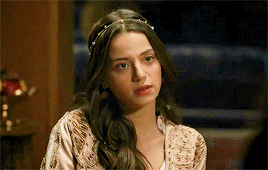
Hogwarts
House: Foster-son of Rowena Ravenclaw but joined Gryffindor.
Favourite subject: Defence Against the Dark Arts
Career
11-17: Student at Hogwarts
17->: Ally of Godric Gryffindor
22->?: Duelling Instructor at Hogwarts
Future: tbd
Personality & Attitude
Edward is not one to sit around and let others do the fighting for him. He's brave and has a strong sense for what is right and what is wrong.
Despite his outward boldness, he has underlying fears that he must conquer. He rarely shows his fear to anyone and prefers to lock it away somewhere deep inside.
Priorities: Helena, Akelda, protecting Hogwarts
Strengths: Brave, compassionate, loyal, chivalrous, a talented sorcerer, interested in the world around him (learns muggle combat and muggle history too), Can keep his head cold in stressful situations
Weaknesses: Stubborn, Afraid of abandonment, Restless for action, Has trouble focusing on his studies
Stressed: When his loved ones are in danger, when he feels helpless
Calm/Comforted: At Hogwarts and with Helena or Akelda
Favorites
Colours: gold, blue, red
Weather: Cloudy but warm
Hobbies: Sword-fighting, duelling, horse-riding
Fashion: Often found wearing armour, likes deep red and blue tones in his clothing, dresses in furs to keep warm
Relationships
Significant Other/Love Interest: OPEN
Betrothed: Akelda The Tragic (deceased) @endlessly-cursed
Akelda and Edward's mothers were both involved in the events surroundng Hogwarts's founding and thus knew of each other. Rowena Ravneclaw and Helga Hufflepuff arranged an engagement between the children. At first, they were shy around each other but eventually bonded over shared interests. Both Akelda and Edward loved horse-riding and nature, and often talked amongst themselves for hours.
Akelda's health had been fluctuating, but when it took a turn for the worse, it was feared she was not going to make it. When she recovered against all odds, Edward was delighted and relieved. The marriage plans were put back in motion, but one day during a family picnic, Akelda suddenly fell ill again, though this time the culprit was poison, and she didn't recover.
Edward was inconsolable after both Akelda and his foster-sister Helena passed away within such a short period of time.
profile link

Friends: OPEN
OPEN FOR INTERACTION!
Rivals: tbd
Enemies: His father and Salazar Slytherin
Trivia
After Akelda's untimely death, Edward inherits her horse
Through modern lens, would probably be considered dyslexic
Showed signs of magical talent at a very young age and always had a strong connection to magic

#hogwarts founders era#oc: edward the valiant#oc profile#he is open for friendships!#and even a 2nd love interest but i will probably make a separate post about that if people are interested!#maybe i should fancast good old aethelred?#i set out to invent my own muggle king oc so as not to involve any real historical figures but then the timeline kinda matched with him so#here we are#and maybe i should as well have an older fc for edward? i'm not sure#i might also some day look into what kind of relationship (if any) edward would have with his half siblings#ok tag word dump over#thank you for reading!
9 notes
·
View notes
Text









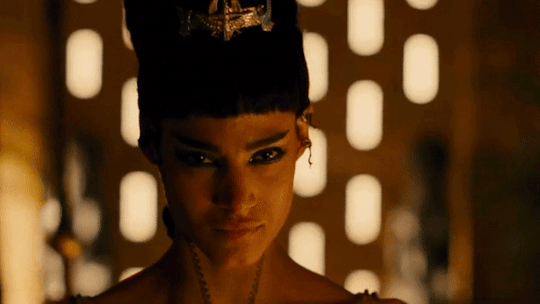

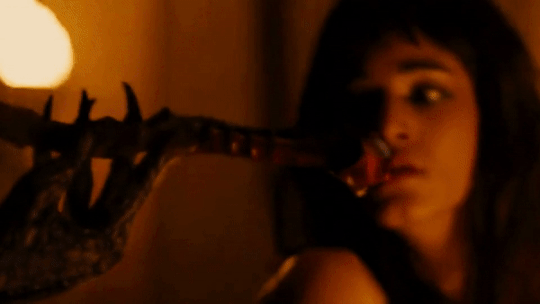

Sofia Boutella as Ahmanet in The Mummy (2017)
Part One (1/2)
#sofia boutella#ahmanet#the mummy 2017#ancient egypt#historical gifs#time period gifs#time period#face claim#rpg faceclaim#poc fc#gif hunt#gif pack
48 notes
·
View notes
Text
youtube
Quick video of Thera's FC mostly to give an example of her voice for reference.
(This is also funny and kinda fits with Thera's historical verses. But it's mostly for the voice :D)
#historical au#((FC: Kate Beckinsale))#Randomly - Kate's eyes are brown but Thera's are blue-grey#Youtube
5 notes
·
View notes
Text

Prince Nikolai staring down Edwina Sharma after realising he was her first kiss and he wants more (circa. 1815)
anyway, read:
and the rest is rust and stardust by @hptriviachamp
#bridgerton#edwina sharma#edwina/crazy russian prince#prince nikolas angelovsky#lisa kleypas#crossover#bridgerton fanfiction#kate sharma#anthony bridgerton#Sharmaweek#Sharmaweekfic#bridgerton fic#fc: aaron taylor johnson#historical romance
37 notes
·
View notes
Text
this is definitely one of my more controversial stances but while i believe oliver queen absolutely has to be played by a white man i don’t think bruce wayne necessarily has to be
#like when you read gl/ga it’s kind of impossible to posit oliver as anything other than white#his whiteness is crucial to how he navigates the world bc he has an enormous tendency to speak over people of other races as to how they#should perform liberalism bc he feels like his island experience and foray into socialism entitles him to lecture others#he’s well meaning but ultimately there’s no way you could get that across if he was nonwhite. it would defeat the purpose of the character#bruce on the other hand is a little more flexible bc yes whiteness does contribute to some of his privilege etc#but he’s historically more sympathetic to petty criminals and willing to parley with people from socioeconomically disadvantaged communities#so i think you could make him like. partially non white maybe and explore his ability to connect but nonetheless fail to understand some#deeper nuances bc of how wealth and isolation from poverty shelters him and shapes his naive idealism#and as a disclaimer i don’t mean to say this from the perspective of someone who happens to be more invested in bruce and oliver#*bruce than oliver#i just think if you’re going to make nonwhite fcs they should contextually make sense#and oliver to me does not make sense at all as anything other than a white man#to be deleted
12 notes
·
View notes